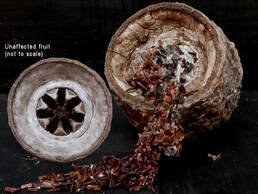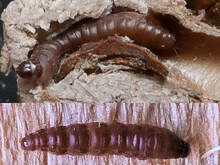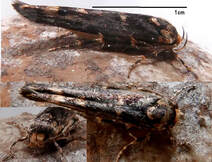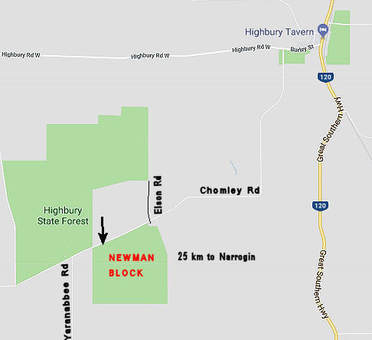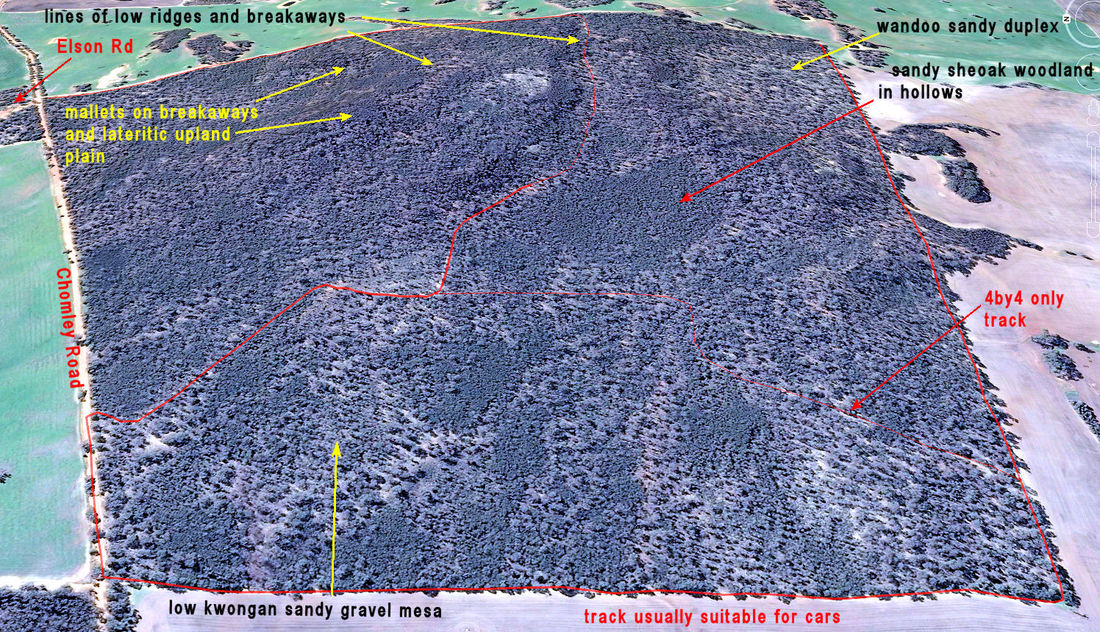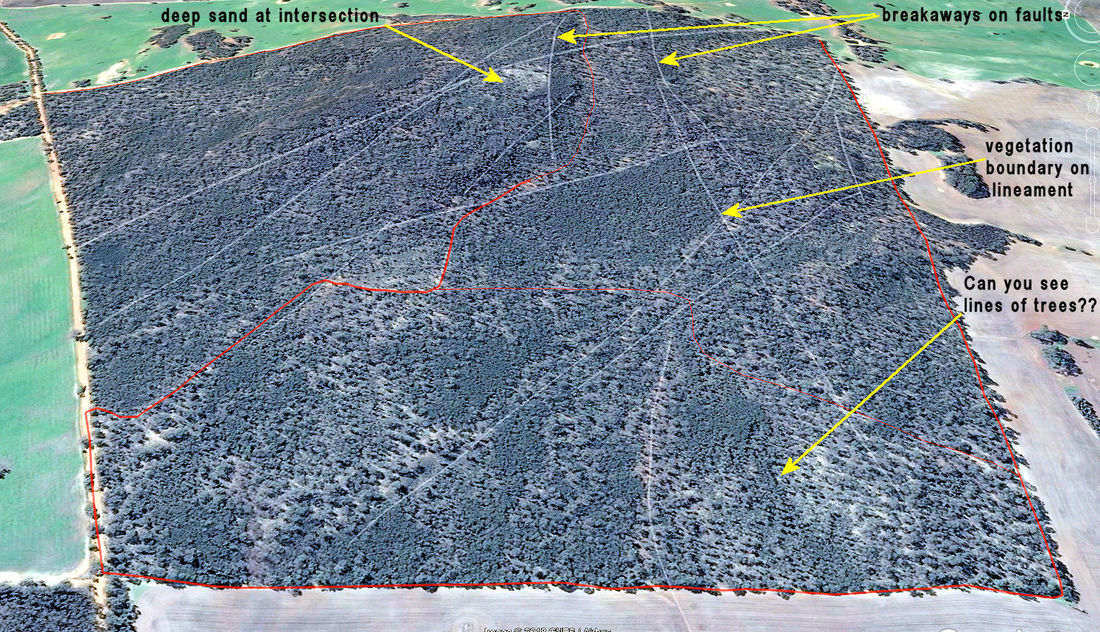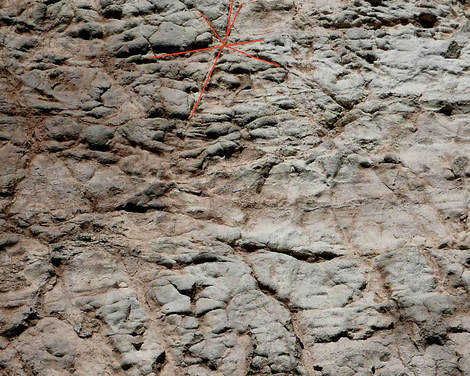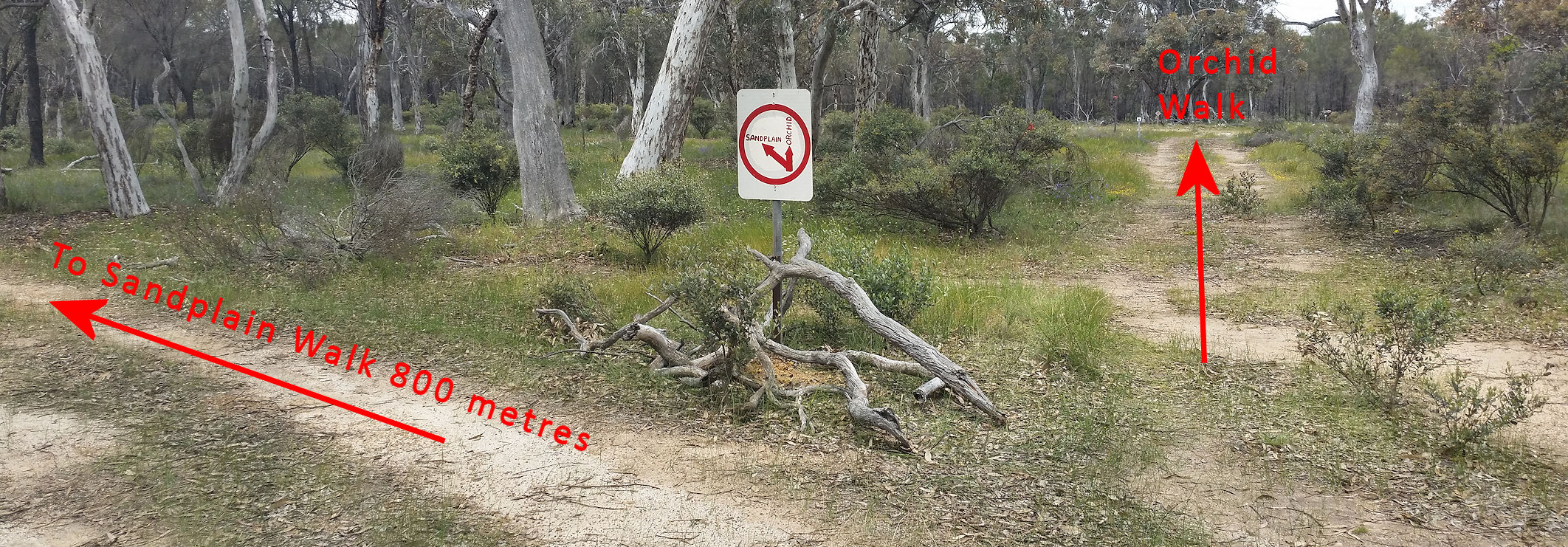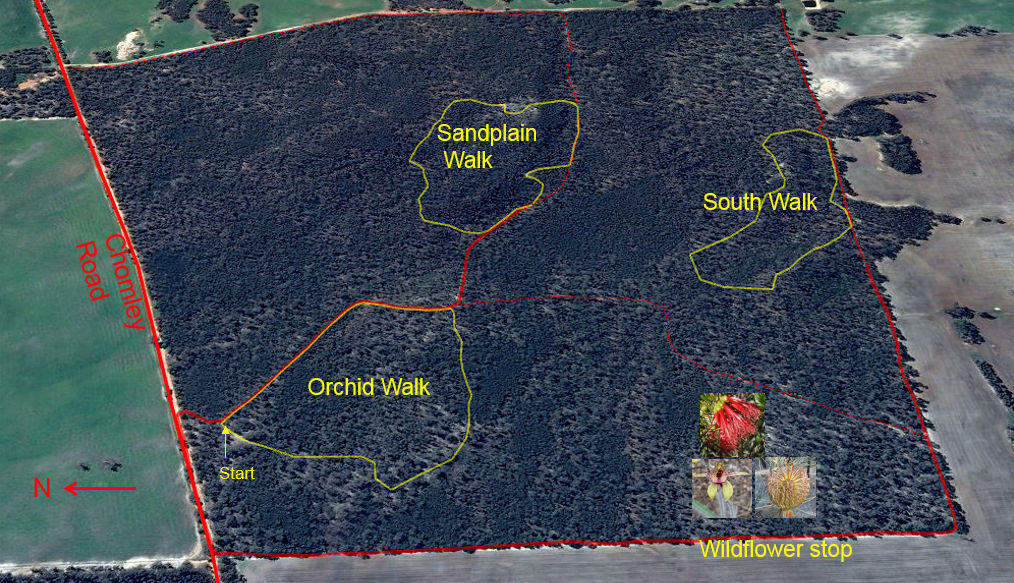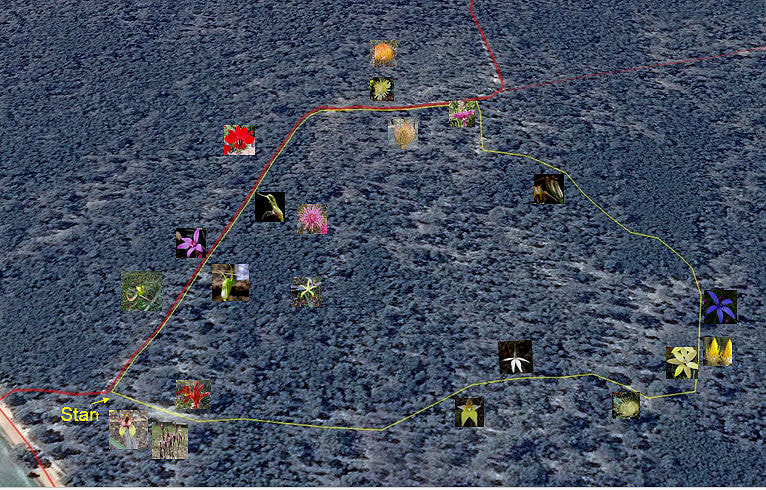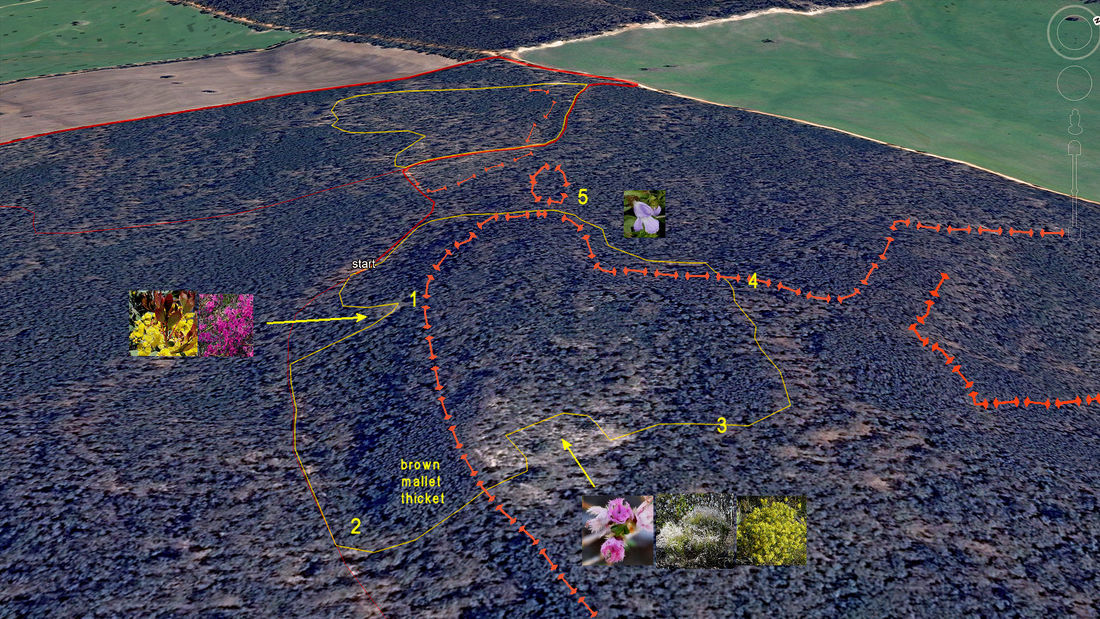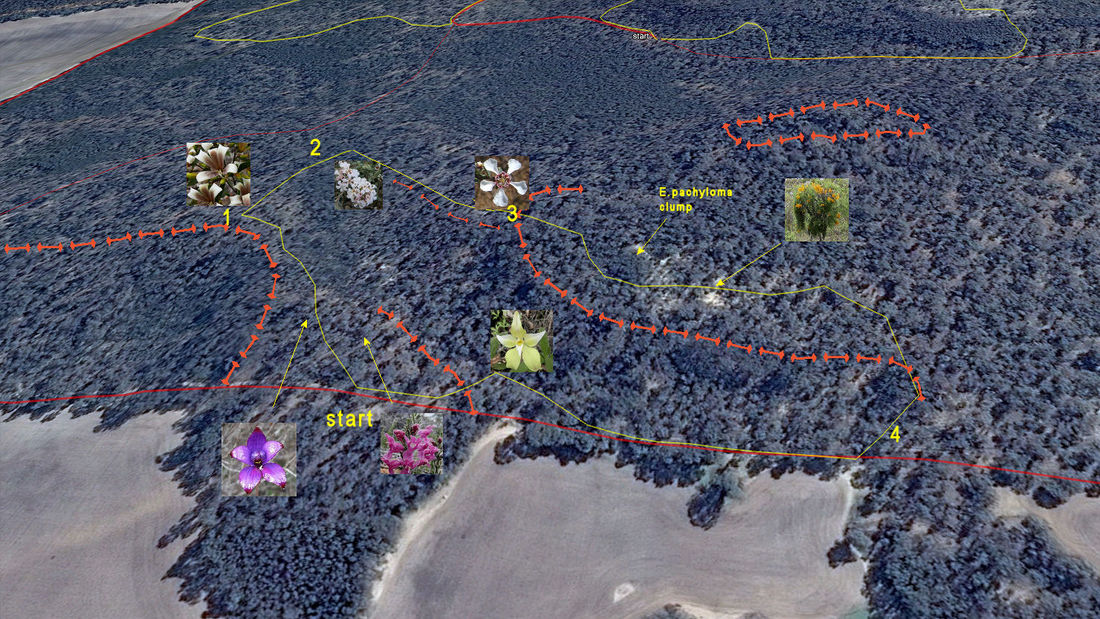Last October when I was photographing stink bug eggs on the nuts (fruit) of my gungurru (E. caesia) mallee, I found nuts inhabited by a strange spidery web.
After dissecting a nut I discovered a brown grub in each valve. The "spider web" was, in fact a mass of poo (frass) and seed packing that had been extruded in a silken mass.
I put some nuts in a glass jar, and sure enough in summer small mottled moths had emerged. These are called concealer moths, apparently because they are camouflaged to resemble bird poo.
They belong to a huge family Oecophorida (mallee moths) that apparently evolved with the eucalypts. Most of them eat dead eucalypt leaves and hide in a nest of leaves/ bark etc. held together by a web.
Some members are word-wide pests of stored food, carpets, and fabrics.
I just checked, and sure enough a few drably silvered moths fluttered out of the food cupboard.
Somewhere there are webby grubs in flour, grain, pasta or dried fruit. I just sieve them out (no says wife!).
My family also claim that there is a thriving population in my wallet.
